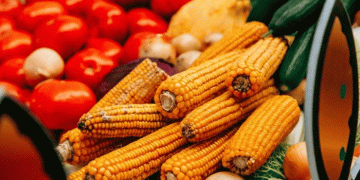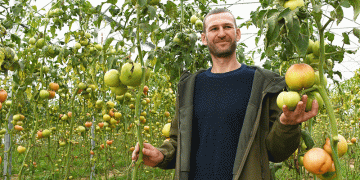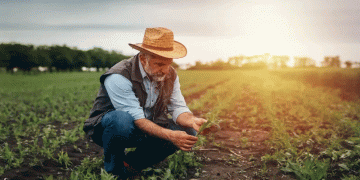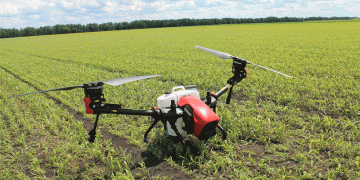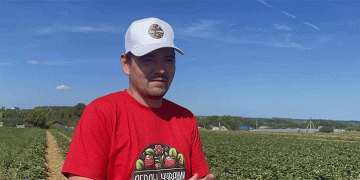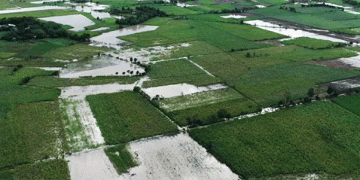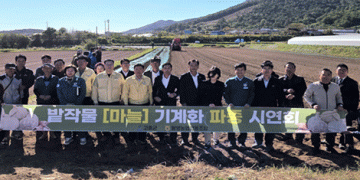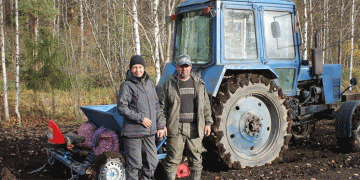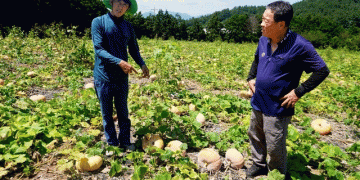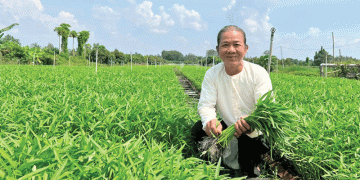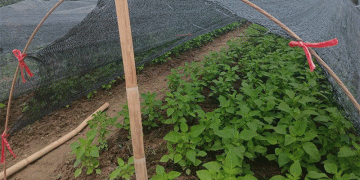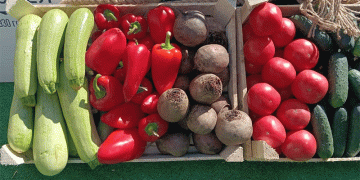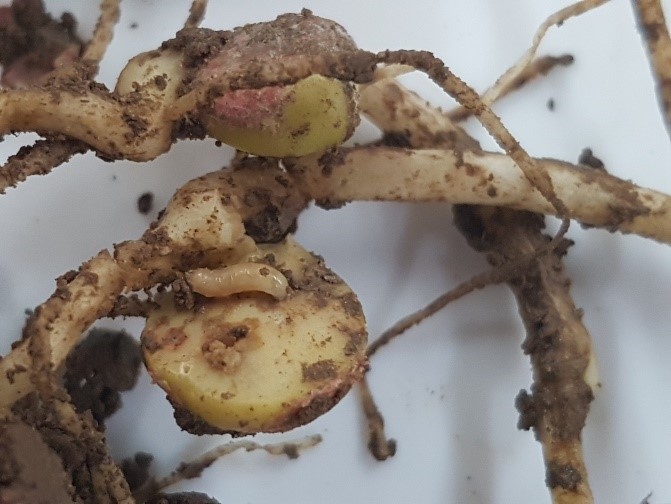Fresh-cut quality starts in the fields. And that means choosing the right variety.
“Choosing the cultivar that performs optimally in a particular season and growing region is the first step in the production of high quality fresh-cut produce,” said Ashley Bell, technical consultant for the International Fresh-cut Produce Association in Europe.
While uniform size, high yields, ability to be harvested mechanically, uniform ripening and reduced waste are desirable for both whole and fresh-cut produce, there are some characteristics especially needed for fresh-cut.
“Where the differences arise are in post-cutting attributes such as shelf life, color change, texture, flavor and sensory characteristics such as sweetness, acidity and aroma,” Bell said.
Fresh-cut salads, in particular, have to have strong visual appeal, which processors achieve by including a medley of different varieties with different colors and leaf shapes. Texture of the salad also plays an important role. When croutons, dressings and toppings are added, they can mask the flavor of the salad vegetables, so texture comes into play, Bell said.
Fresh-cut fruit, on the other hand, is usually eaten by itself, so texture isn’t quite as important. Rather, fruit mixes rely on the fruits’ individual flavors.
“Since people ‘eat with their eyes,’ visual appeal in fresh-cut fruit is also very important,” Bell said. “But unless the texture, flavor and aroma are appealing, a consumer will not be as likely to buy the product again.”
Cultivars differ from each other on the genetic level. And genetic differences can be very discriminatory for the traits that matter most to the consumer and/or grower, according to Nunhems, a vegetable seed company based in Parma, Idaho. These differences come from selection pressure of the plant breeder in the specific environment that the cultivar will be grown in on a production scale.
To find these varieties, breeders must have a complete understanding of all the conditions the plant will be exposed to – from grower to final retail packaging, according to Nunhems. Breeders also need to be aware of the current varieties available in order to know what needs to be improved.
But breeders don’t do it alone, processors and growers need to work with each other and with the breeders. Growers need to know the individual requirements of each variety in that growing region. And processors need to know which variety will work best for what they are trying to achieve with the finished product. And for it all to work, the growers need to be able to raise that variety in that location. In the end, communication is key.
“Processors need to communicate clearly to growers what their requirements are and give regular feedback so that growers understand clearly what the most important issues are and how they can work together to solve any problems and produce the best quality commodity,” Bell said. “The more directly the processor is involved with the actual grower operations, the more input (he or she) can have on selecting specific varieties that are suitable for fresh-cut operations.”
As fresh-cut continues to gain market share in the produce department, fresh-cut operators are going to have more influence on breeders as far as the specific needs of fresh-cut products.
Because if an inappropriate variety is used, it could lead to sub-par products.
“Using the ‘wrong’ or sub-optimal variety may have negative consequences on quality and shelf life,” Bell said. “Cultivar differences exist in respiration that may influence packaging and atmosphere modification, susceptibility to mechanical damage, browning potential, flavor and texture.”
According to Nunhems, bad field production, poor processing efficiency and poor consumer quality results all can stem from choosing a poorly suited variety for fresh-cut.
Picking the perfect cultivar in terms of color, size, shape, flavor and a number of other factors ultimately means better quality and more sales.
“Utilization of a specific variety for fresh-cut has the opportunity to give the processor the edge over competitors in the marketplace,” Bell said.
Considering Other Factors
But variety selection alone will not ensure a quality product. Product maturity, harvest practices and the cold chain all play important roles in a product’s fresh-cut success.
“The journey of produce from farm to fork is a chain and, as such, is only as strong as the weakest link,” Bell said. “Without a good cultivar that has been grown and managed correctly through determining the optimum time to harvest, there will not be a quality commodity to harvest, process and package.”
That being said, Bell continued, conditions in the market and environment can produce a crop with less than optimum quality.
“Then the processor must work with what is available, slowing down the line, sorting heavily and adjusting shelf-life expectations,” she said.
Other factors that come into play are the equipment. The design of fresh-cut processing equipment should consider the product. Equipment should be built to minimize damage. Ways to do this include the use of shaker tables rather than centrifuges for some leaf products, dropping the height, and using sharp blades or a water-jet blade to minimize damage when cutting, Bell said.
Once the products are cut, packaging makes all the difference. There is technology now that can help reduce the rate of respiration, which means that metabolism, ethylene production, moisture production and color change.
“Packaging must be matched to commodity, cut size, blend and quantity and must work in conjunction with cold chain management to be effective,” Bell said.
Getting Informed
There are a number of sources of information about cultivar selection for fresh-cut. One of the best options is to talk to seed companies and breeders. They know the most about their varieties, so they can provide the most information. A number of Extension offices at various universities are doing research with fresh-cut produce. These researchers can address issues related to specific growing areas and conditions.
The USDA’s Agricultural Research Service also is doing research into fresh-cut produce varieties. You can learn more about that research at www.ars.usda.gov.














